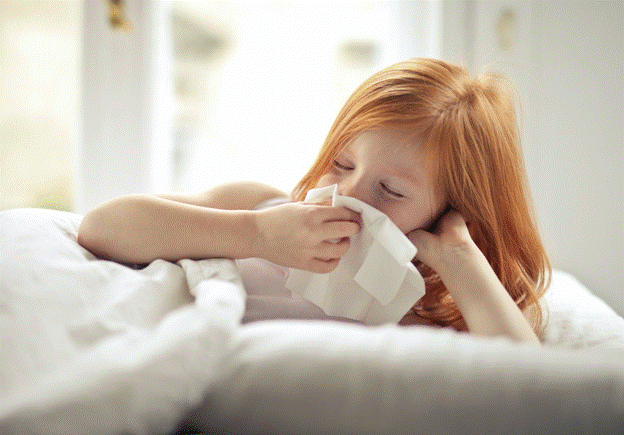Everyone wants their kids to be happy and healthy, but nature sometimes has other plans. Sickness can come from accidents, bad exposures, and natural causes. There are ranges of sickness, and everyone will get the common cold at some point, but it can be hard to tell the difference between an issue that will go away without help and what illnesses need extra care. Sadly, the answer differs from illness to illness. However, bacterial infections are some of the most common illnesses in kids, and there is plenty of information around. Useful information is critical when dealing with bacterial issues, so here are some of the high-level things you need to know about bacterial infections in children, but you should obtain expert information from your family doctor or another medical professional.
What Are Candida And Candidiasis

Candida is natural bacteria that you should find in our mouths and intestines. A small and expected amount of Candida is nothing to worry about and should cause no health issues. When Candida is at normal levels, the bacteria works with other bacteria and yeast to help with digestion. However, too much Candida leads to an overgrowth and Candidiasis, which is a health problem you should address. An oral overgrowth is called oral thrush, and the overgrowth can affect skin folds around the armpit, neck, and diaper area. Still, an intestinal overgrowth is more common and can lead to leaky gut where the intestinal walls grow so thin that fluids and bits of food can leak out.
Symptoms And Consequences
An oral overgrowth or thrush is much easier to spot than an intestinal overgrowth, but you should also keep an eye out for overgrowth in other areas. Look for white or yellow patches on the tongue and inner cheeks before the overgrowth spreads to more areas, which can make swallowing difficult. A Candida overgrowth can exacerbate diaper rash, so make sure to address both issues. Fever, redness, pain, and itching are other common symptoms of a Candida overgrowth but talk with your family doctor about specific concerns. Your family doctor will also be the one to formally diagnose a Candida overgrowth with a sample test, culture, or other tests.
Once you notice the signs of Candidias is, it is important to start trying to fix the problem. A surface infection may not sound dangerous, but if the overgrowth gets into the bloodstream, you now have a much more serious issue to deal with. While you can wait for the overgrowth to resolve itself, there are steps you can take to shorten the duration, which gets rid of symptoms faster and wards off a more serious, potentially deadly, infection by getting Candia levels back to normal.
Treatment Options
Thankfully, because Candida is relatively common, there is a range of treatment options depending on the situation. A few medications treat fungus and bacterial overgrowth, but you should talk with a doctor before trying these. The medication your doctor recommends will depend on where the infection is located and the child in question. If you don’t want to use medications, there are other remedies you can try at home. Many sites that focus on child health offer easy to see buttons with labels like: go here to learn more about yeast overgrowth and other helpful labels to get you to the information you want.

The easiest way to respond to a Candida overgrowth is to adjust your child’s diet. Try to starve the bacteria so it cannot continue to grow. To starve Candida, you should cut out as much sugar and sugar-forming foods as you can. Without sugar or foods that become sugar during digestion, the bacteria will not grow and go back to normal levels over time. However, asking a child to give up sugar is easier said than done. Avoid yeast, dairy, and sugar, but if that is not possible, try supplementing a healthy diet with probiotics to replenish the good bacteria that keep our bodies regulated and running correctly. Try to get your child to eat healthy foods with garlic, oregano, and garlic, while herbs and spices won’t kill the bacteria but will provide benefits similar to antibiotics.
Everyone wants their kids to be healthy, but issues come up, and of all the possible issues, a Candida overgrowth is one of the most common. Look for white spots and rashes as common symptoms, and call your family doctor if you suspect something is going wrong or would like advice on treatments. If you don’t want to try medications, start by changing your child’s diet to starve the bacteria and incorporate herbs for a natural approach.
